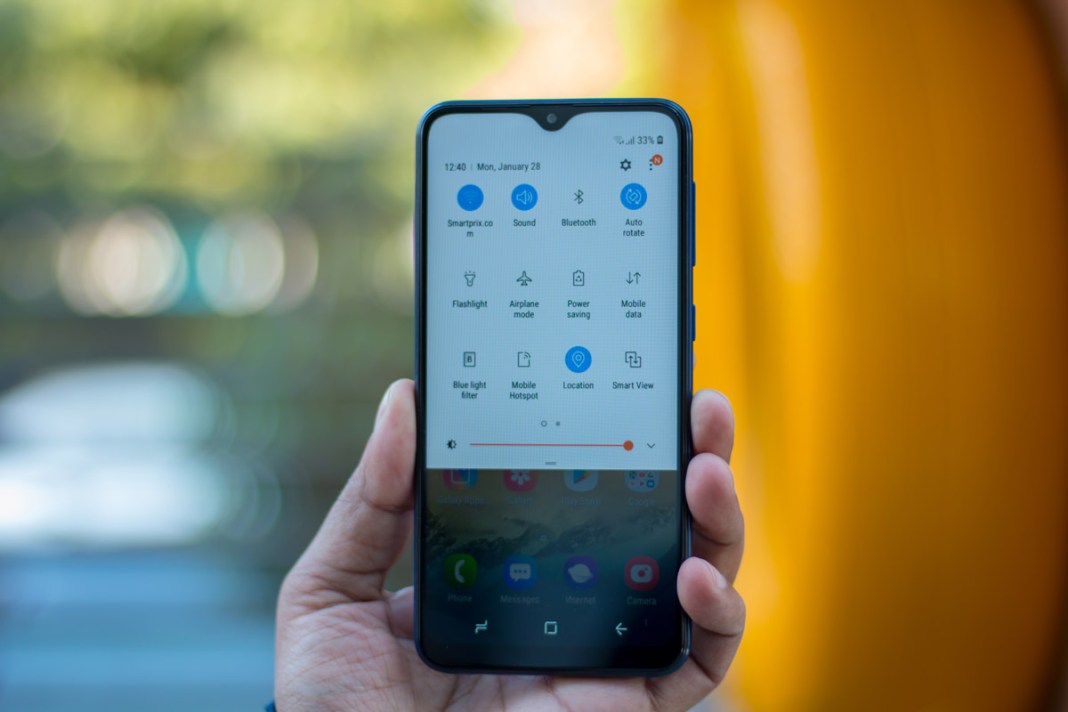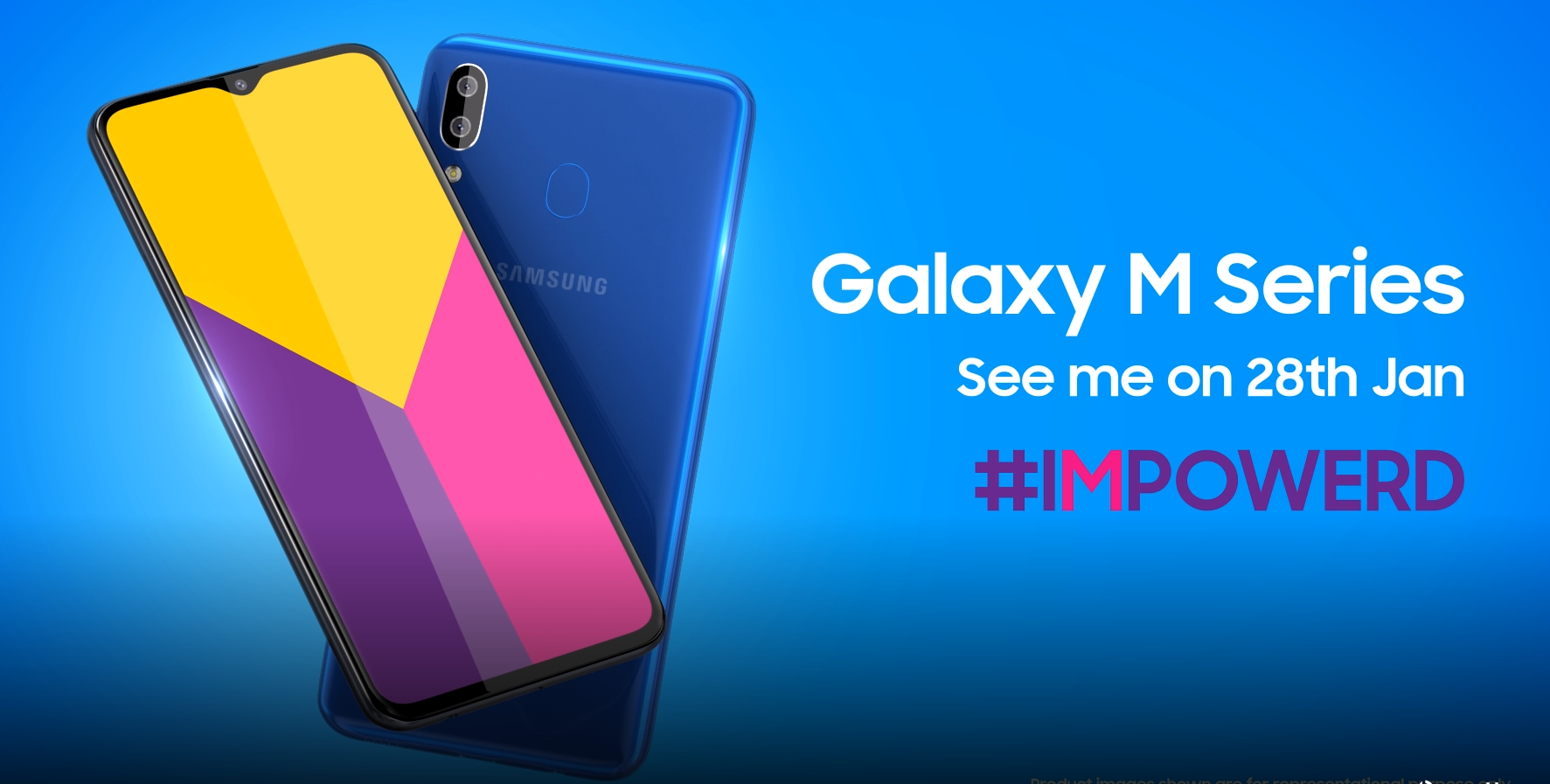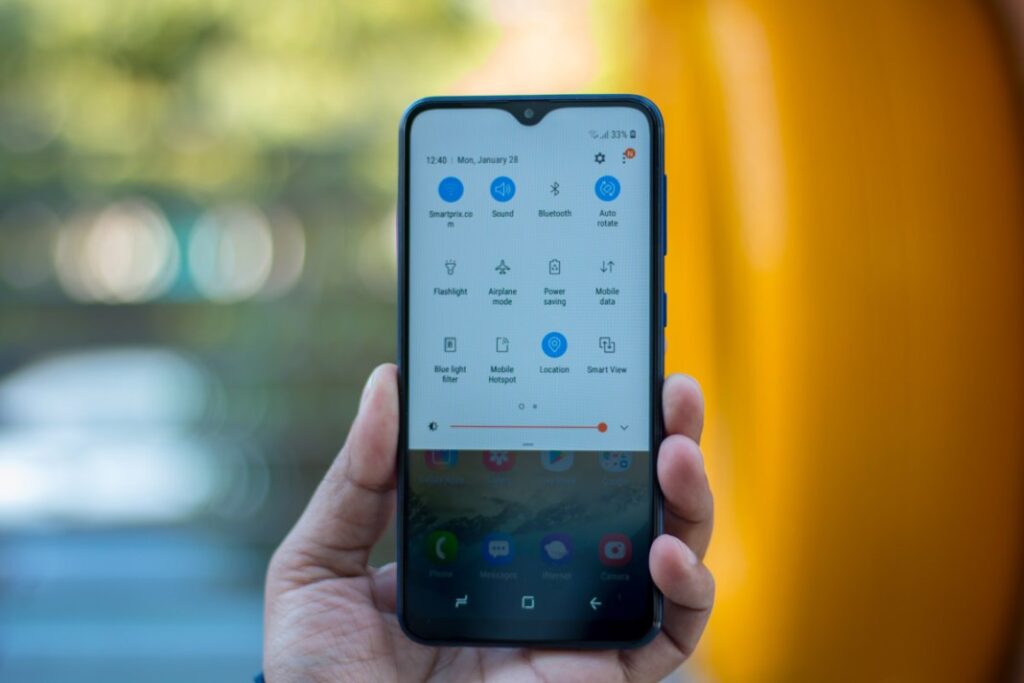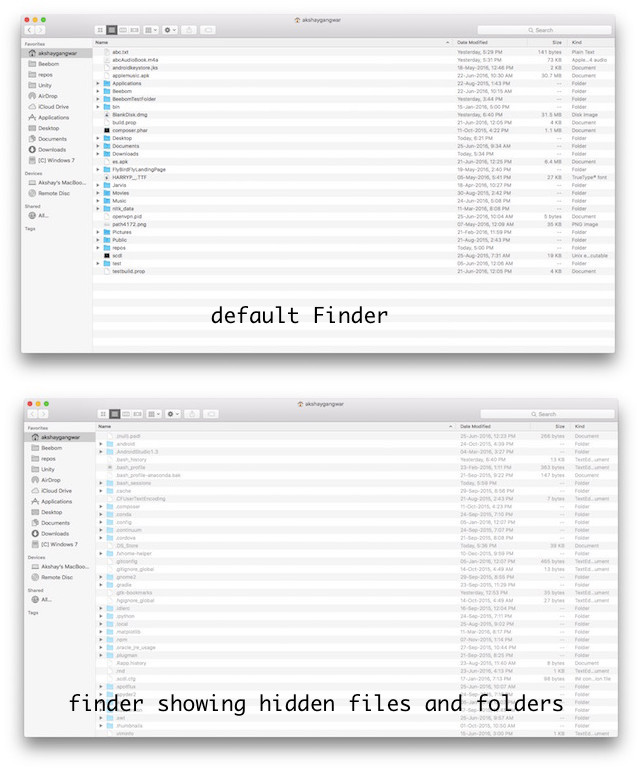
India’s smartphone market is rapidly expanding beyond the sub-Rs 10,000 range, as indicated by recent reports. While these reports may lack conclusiveness, the surge in popularity lies within the fluid mid-range segment, typically priced between Rs 12,000 and Rs 15,000. However, Samsung remains steadfast in its belief that the sub Rs 10,000 market still holds promise, evident in its launch of the Galaxy M series.
The Galaxy M10 poses a significant challenge to Samsung’s competitors. For the first time in years, Samsung is compelled to innovate to halt its decline in India. The Galaxy M10 could potentially reverse this trend, rejuvenating a brand often criticized as outdated and unexciting.
Initially, the M10 seems fitting, yet Samsung has priced it attractively, marking the phone’s biggest appeal. Starting at Rs 7,990, the Galaxy M10 competes against the Realme C1 (2019) and Redmi 6 in India. The 3GB + 32GB variant is priced at Rs 8,999 in India. Both phones pose significant competition due to Realme’s momentum and Redmi’s market standing, while Samsung boasts a premium brand pedigree with its after-sales service network. Does the M10 possess enough to challenge them? Let’s explore:
Samsung Galaxy M10 Specifications
Prior to delving into our initial experience with the M10, here’s a glimpse at the specs:
| Display | 6.22” HD+ PLS TFT, 720 x 1520 pixels |
| Processor | Samsung Exynos 7872 hexa-core 14nm SoC |
| RAM | 2/3 GB RAM |
| Storage | 32 GB, expandable up to 512GB via microSD |
| Battery | 3,400mAh |
| Primary Cameras | Main Camera: 13MP AF, F1.9 + Ultra Wide: 5MP, F2.2 |
| Secondary Camera | 5MP (F2.0) |
| OS | Android 8.1 Oreo |
| Sensors | Accelerometer, Barometer, Face Unlock Gyro Sensor, Geomagnetic Sensor, Hall Sensor, Proximity Sensor, RGB Light Sensor |
| Network and Connectivity | LTE, Wi-Fi 802.11 b/g/n/(2.4/5GHz) Dual VoLTE, Bluetooth 4.2, headphone jack |
Notable omissions include the lack of a fingerprint sensor, which makes the M10 less appealing. We’ll see if this impacts user experience negatively.
Samsung Galaxy M10: What’s in the Box
- Samsung Galaxy M10 smartphone
- 1 x USB Type-A to Micro USB Cable
- 1 x 5V 1A Charging Adapter
- 1 x Ejection pin
- User Manuals
It would have been great if Samsung had included a clear Silicone or PVC case to keep the plastic back free from scratches.
Samsung Galaxy M10: Design and Build Quality
The Galaxy M10 exhibits two distinct design traits that initially appear incongruous and hastily conceived. Beginning with the front, it features the fashionable teardrop notch, branded by the company as Infinity-V. This marks Samsung’s debut of a notch on their phones, and notably, it’s less obtrusive compared to others in its price range. The M10 boasts a commendable screen-to-body ratio of 81.6%, surpassing both the Realme C1 and Honor 9N, which also sport notches within this price bracket.
The all-glass front easily picks up fingerprints, turning cleaning into an hourly ritual. The notch and slim bezels give the phone a modern identity. The 5MP front camera, also used for face unlock, sits in the notch. The so-called chin is relatively thick compared to the top and sides. While I’m not fond of its appearance, it’s a step above the competition.
The modern appearance sharply contrasts with the polycarbonate rear mentioned earlier. The rear’s overall appearance seems outdated due to the absence of a fingerprint sensor. The only indication of this being a 2019 phone is the dual 13MP+5MP (ultra-wide) camera module, which is now common even in budget phones. We opted for the Ocean Blue variant, but the glossy plastic back lacks a premium feel, reaffirming its budget status.
The phone’s sides are also plastic, wrapping around for a monolithic appearance. The glossy treatment quickly collects dirt upon usage. On the left side is the SIM slot, while the right houses a clicky power button beneath the volume rocker. The bottom features a 3.5mm headphone jack, micro USB port, and speaker holes, in comparison to the Galaxy M20 on the left.
With its plastic construction, handling the phone is easy, and there are no sharp edges to worry about. Despite weighing 160 g, the phone feels lightweight and slim without being flimsy.

The M10’s design may not impress; it’s more utilitarian than aesthetically pleasing. The back appears overly simplistic rather than pleasantly minimal. Samsung seems confident that the overall user experience will compensate for the plain design.
Samsung Galaxy M10: Display
The standout feature of this phone is the Infinity V notch, a novelty for Samsung, also seen on the Galaxy M20 released today. The notch doesn’t obstruct the UI and resembles that of the OnePlus 6T.
The M10 boasts a 6.22-inch PLS TFT screen with HD+ resolution (720 x 1520 pixels), 19:9 aspect ratio, and approximately 271 ppi pixel density. Surprisingly bright and vivid for a TFT panel, it offers excellent viewing angles and sunlight legibility.
The overall display color tone leans towards cool, with a noticeable blue tinge on white backgrounds. Despite not expecting a flawless panel, the Galaxy M10 offers a commendable display within its price range, ranking among the top budget phone displays.
Additionally, the front camera doubles for face unlock, demonstrating efficient performance and a captivating rippling effect around the notch during phone unlocking.
Samsung Galaxy M10: Performance and Software
Powering the Galaxy M10 is the Samsung Exynos 7872 hexa-core 14nm SoC, comprising 4 x 1.6 GHz Cortex-A53 cores and 2 x 2.0 GHz Cortex-A73 cores. The chipset is equipped with the Mali-G71 MP1 GPU.
The phone ran smoothly with numerous apps open, devoid of any noticeable lag that hindered user experience. We tested by installing the latest versions of leading games, syncing two Google accounts, and updating essential apps from the Play Store. Notably, the phone adeptly managed multiple open apps, showcasing Samsung’s optimization of memory.
For gaming, we tested Asphalt 9 and PUBG Mobile. Neither game showcased its best performance on this phone, likely due to its mid-tier hardware. Asphalt 9 exhibited screen tearing during hyper drive sequences, while PUBG Mobile ran smoothly at low settings. It’s not the ideal phone for gaming on the go, but it’s adequate for casual gaming and shorter sessions.
The combination of the SoC and 3GB of RAM delivered a decent, stutter-free experience in our initial days with the phone. We will conduct extensive benchmark tests to assess the Exynos SoC’s performance in the coming days. Stay tuned for our comprehensive review.
The M10 runs Android 8.1 Oreo, with Samsung Experience UI bringing bloatware to the out-of-the-box software. Samsung said the Galaxy M10 will only get Android Pie in August, almost when Android Q is expected. This disappoints potential buyers and reinforces Samsung’s image of being lethargic with updates for mid-range and budget phones.
Once accustomed to UI/UX quirks and Settings pages of Samsung Experience, the experience is like any other budget phone, with the only difference being the OEM skin. I won’t pan Samsung Experience for bloatware since the competition isn’t better. At least, Samsung does not inject ads into your notification banner by default like MIUI.
Samsung Galaxy M10: Cameras
Dual cameras are increasingly common in budget phones, but the Galaxy M10 stands out. Samsung opted for an ultra-wide sensor instead of the typical depth sensor, as seen in competing models like the Galaxy A7 and A9. This unique feature enhances certain types of photos, adding immersion and impact.
The rear camera offers various shooting modes and options, as expected. Below, you’ll find a glimpse of the UI displaying these modes and the Pro photo settings.
Below are samples captured with the rear camera:

Pritam Chopra is a seasoned IT professional and a passionate blogger hailing from the dynamic realm of technology. With an insatiable curiosity for all things tech-related, Pritam has dedicated himself to exploring and unraveling the intricacies of the digital world.



